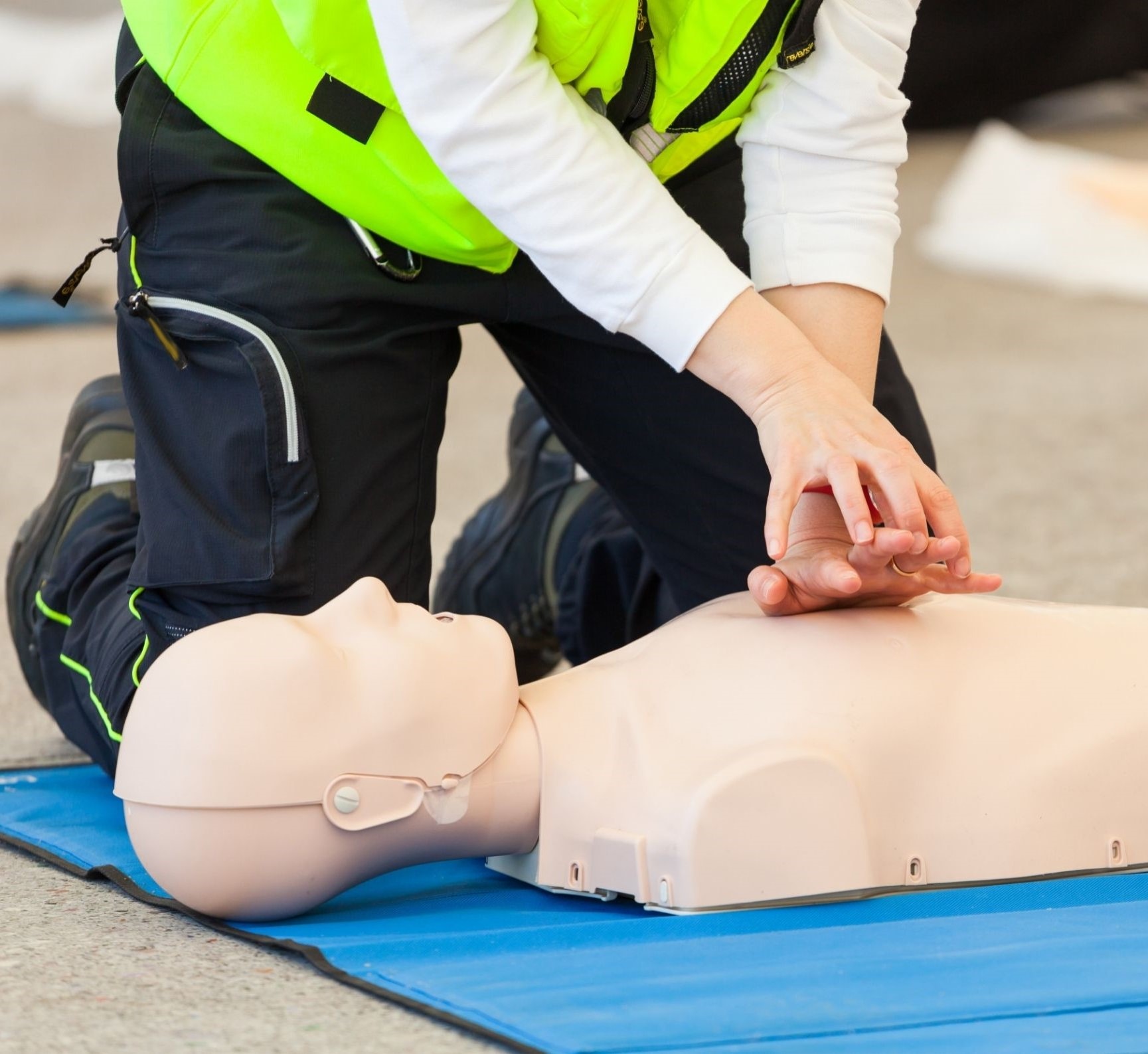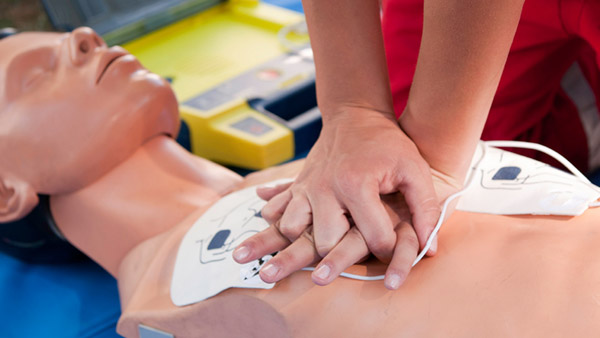Introduction: Understanding the Relevance of First Aid Courses
First aid programs are indispensable for any individual seeking to equip themselves with life-saving skills. Whether you are a moms and dad, teacher, caretaker, or merely an interested person, understanding first aid can make all the difference in emergency circumstances. Nonetheless, there are numerous myths surrounding Helpful resources these programs that might hinder individuals from enlisting. This post aims to unmask these misunderstandings and provide quality on what first aid and mouth-to-mouth resuscitation courses absolutely entail.
What is an Emergency treatment Course?
A first help course is a training program created to educate individuals how to respond effectively to clinical emergency situations. These courses cover a range of subjects consisting of mouth-to-mouth resuscitation (Cardiopulmonary Resuscitation), wound treatment, choking alleviation, and therapy for burns and fractures. Participants usually find out via hands-on technique along with academic knowledge, permitting them to acquire confidence when confronted with real-life scenarios.
The Importance of CPR in Emergency Treatment Training
CPR is just one of one of the most essential parts taught in first aid programs. The capacity to execute mouth-to-mouth resuscitation efficiently can mean the distinction between life and fatality for somebody experiencing cardiac arrest. In many first aid and CPR training courses, individuals are trained on the proper strategies for adult, youngster, and baby mouth-to-mouth resuscitation. In addition, they learn just how to utilize automatic external defibrillators (AEDs), which can significantly raise survival prices if made use of promptly.
Top Misconceptions Regarding Emergency treatment Courses Debunked
Myth 1: Emergency treatment Courses Are Just for Healthcare Professionals
One usual false impression is that only health care specialists require to take first aid training courses. This could not be additionally from the reality!
Why Everybody Must Take into consideration Taking a First Aid Course
Anyone can benefit from learning basic first aid skills regardless of their profession. Emergencies take place almost everywhere-- in homes, colleges, work environments, and public rooms-- and having trained individuals available can save lives.
Myth 2: You Need to Be Healthy to Take a CPR Course
Many people believe that being healthy is a requirement for taking CPR courses.
Reality Inspect: No Fitness Level Required
In truth, these courses are designed for all health and fitness levels. While some physical tasks may be included (such as performing breast compressions), instructors adapt training techniques so everyone can take part fully.

Myth 3: First Aid Training Is Also Complicated to Understand
Another myth revolves around the assumption that emergency treatment training is too complex or technical.
Simplifying Facility Procedures
First aid courses use uncomplicated language and practical presentations that make discovering easily accessible for everybody. The majority of people discover they can comprehend the principles with loved one simplicity after just a few hours of training.
Myth 4: Accreditation Is Just Essential for Certain Professions
Some individuals think that getting a first aid certificate is just useful if you operate in particular areas like medical care or education.
Certification Issues Across All Fields
In truth, many companies across various markets choose or need employees to have existing emergency treatment qualifications as component of their office security protocols.

Myth 5: When Educated, You Do Not Need Refreshers
People often believe that once they have actually finished their training, they're set for life!
Lifelong Knowing Is Key
However, clinical suggestions and treatments advance gradually. Routine refresher courses ensure your abilities continue to be up-to-date-- ideally every 2 years-- to keep your first help certificate status.
Myth 6: Online Training Is Just as Effective as In-Person Training
With online learning getting appeal, many assume it provides an equivalent degree of education and learning contrasted to in-person classes.
Hands-On Practice Trumps Screen Time
While on-line sources supply useful info, nothing defeats hands-on technique supplied by certified teachers throughout in-person sessions where you can interact with tools like AEDs and method methods on mannequins.
Key Components of Emergency treatment Courses
Understanding Various Kinds of First Aid Courses Available
When it concerns choosing a first help course, you'll find various offerings customized for different needs:
- Basic Life Assistance (BLS) Pediatric First Aid Wilderness First Aid Workplace Security Training
Each type emphasizes distinct content based upon the atmosphere where abilities might be applied.
Importance of Hands-On Method in Knowing CPR Techniques
Why Practical Experience Issues More Than Theory Alone?
One significant aspect that establishes effective emergency treatment training courses apart is the hands-on experience they supply individuals. Engaging straight with resuscitation techniques allows learners not only to recognize but also keep essential details much better than via talks alone.
How Lengthy Does It Take To Total an Emergency Treatment Course?
Typical Period Varies Based upon Certification Type
Generally speaking:
- Basic first-aid training may take anywhere from 4-8 hours. Comprehensive programs like First Help and CPR course might last approximately 16-20 hours over a number of days.
The duration usually depends on certification demands or organizational needs.
first aid classes in AdelaideWhat Is Covered in a Common Emergency Treatment Course?
Key Subjects Normally Included
Recognizing emergencies Assessing sufferers' conditions Performing CPR Using AEDs Treating injuries & & burns Managing choking incidentsThese fundamental topics prepare individuals for numerous emergency circumstances they'll likely experience throughout life.
FAQs About First Aid Courses
FAQ 1: What need to I bring to my first aid course?
Most programs provide devices; however, bringing personal note-taking products Additional info can assist improve your understanding throughout sessions.
FAQ 2: How typically must I restore my certification?
Typically every 2 years is advised; this ensures you're updated on any type of adjustments in standards or treatments within first-aid practices.
FAQ 3: Can I obtain my certification online?
While some parts might be finished online (like theory), useful abilities need to normally be demonstrated personally under supervision before certification is granted.
FAQ 4: Do I need previous experience before enrolling?
No previous experience necessary! Many beginner-level classes welcome those with no background knowledge whatsoever; they're developed particularly for newcomers!
FAQ 5: What influence does finding out first-aid have at my workplace?
Having certified team cultivates a setting where security becomes prioritized-- it outfits colleagues with important skills leading in the direction of quicker responsiveness throughout unexpected events!
FAQ 6: Are there special considerations concerning youngsters's safety and security when discovering pediatric-first-aid?
Absolutely! Pediatric-specific programs focus heavily on age-related subtleties guaranteeing caregivers feel great responding suitably when faced with emergencies involving infants/children!

Conclusion
Understanding the top myths about first aid training courses aids debunk this essential training while motivating extensive involvement throughout demographics who may otherwise hesitate due mistaken beliefs! Not just does finishing such programs equip people within communities-- they likewise cultivate much safer environments with raised understanding coupled with readiness among residents almost everywhere striving towards improved health and wellness outcomes total! So don't be reluctant-- enroll today right into among those impactful CPR or other appropriate first-aid-courses!